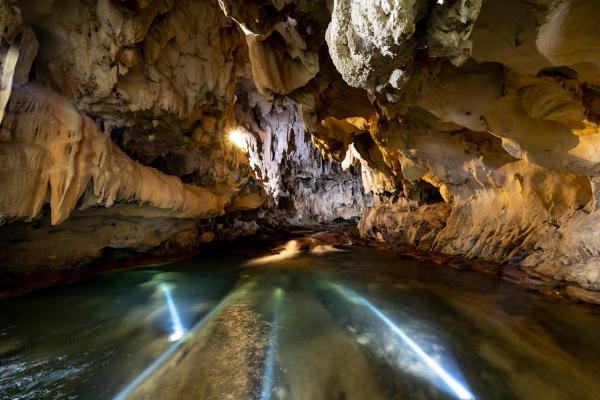Water Consumption and Climate Change Driving Global Groundwater Declines

Farmers often depend on groundwater for irrigation, particularly during periods of low rainfall. However, the depletion of this vital resource can significantly reduce agricultural productivity and have enduring impacts on water quality, the depth of wells, and local geology. A phenomenon known as land subsidence can occur when groundwater levels are extensively drawn down, leading to the sinking of the land surface above.
According to a study published in Nature earlier this year, groundwater levels are declining in approximately 30% of the world's aquifers, with these reductions being more severe in arid agricultural zones.
This comprehensive assessment utilized four decades of water level data gathered from 170,000 monitoring wells across 1,693 aquifers globally. It found that, alarmingly, 36% of the aquifers studied experienced a rapid decline in groundwater levels, exceeding 0.1 meters annually. In 12% of the aquifers, the rate of decline was even more dramatic, with levels falling by more than half a meter each year. Notable examples include the Rashtkhar Aquifer in Iran, with an annual median decline of 2.6 meters in the 21st century, and the Chowchilla Subbasin in California, where water levels decreased by approximately 1 meter annually. These areas are primarily used for agriculture.
The study attributes these global declines to the dual pressures of water consumption and climate change, highlighting the critical nature of this issue.
Debra Perrone, a water resources engineer and scientist at the University of California, Santa Barbara (UCSB) and co-author of the study, noted that there was also a reduction in precipitation in 80% of the aquifers with accelerating groundwater depletion. This lack of rain exacerbates the situation, as farmers are compelled to rely more heavily on groundwater, and the absence of precipitation means no natural means to replenish these underground reserves.
The study is praised for addressing significant gaps in existing research and offering detailed insights into groundwater depletion at a fine resolution, previously unachievable with satellite data alone. Monitoring wells for data collection have been particularly valuable in analyzing changes in specific aquifers.
Groundwater is essential for various uses worldwide, yet unsustainable withdrawals and climate change impacts are causing levels to fall, leading to significant environmental and economic consequences, including seawater intrusion, land subsidence, reduced streamflow, and dry wells. The study's findings are crucial, revealing that rapid (>0.5 m/year) groundwater-level declines are widespread and have accelerated in recent decades, especially in aquifers under drylands and cultivated areas. This pattern indicates a strong correlation between groundwater depletion and climate variability, with many aquifers experiencing lower precipitation rates in the early twenty-first century compared to the late twentieth century.
Despite the widespread declines, the study also points to instances where effective management has led to the recovery of groundwater levels. For example, groundwater beneath Bangkok, Thailand, rebounded following the government's imposition of higher water pumping fees. Similarly, an aquifer in New Mexico saw levels rise due to water transfer from the overburdened Colorado River system.
However, the research also points out that rapid increases in groundwater levels are rare and that significant work remains to protect and sustainably manage groundwater resources globally. The study's extensive data compilation offers a foundation for future efforts to reconcile different groundwater data sources and improve understanding of the causes, consequences, and mitigation strategies for groundwater depletion.
Scott Jasechko, a water scientist at UCSB and the study's lead author, expressed concern that the situation is currently more dire in many places than it is promising. However, he remains hopeful that the documented success stories will encourage proactive measures to address groundwater depletion.
Learn more by visiting EOS. Visit Nature to read about the study or download a PDF copy. See maps of the study by visiting Twenty-first century groundwater-level trends in globally distributed monitoring wells.
